Do you know why we have bones? We have some fun activity ideas to share today to help you find out!
Fun facts about bones
A human has 206 bones!
There are 26 bones in the human foot.
The femur is the longest bone in the human skeleton.
When babies are born, they have about 300 bones, but some fuse together to form the final 206 adult bones.
What is a skeleton
The human skeleton is made up of all our bones and grows as we grow.
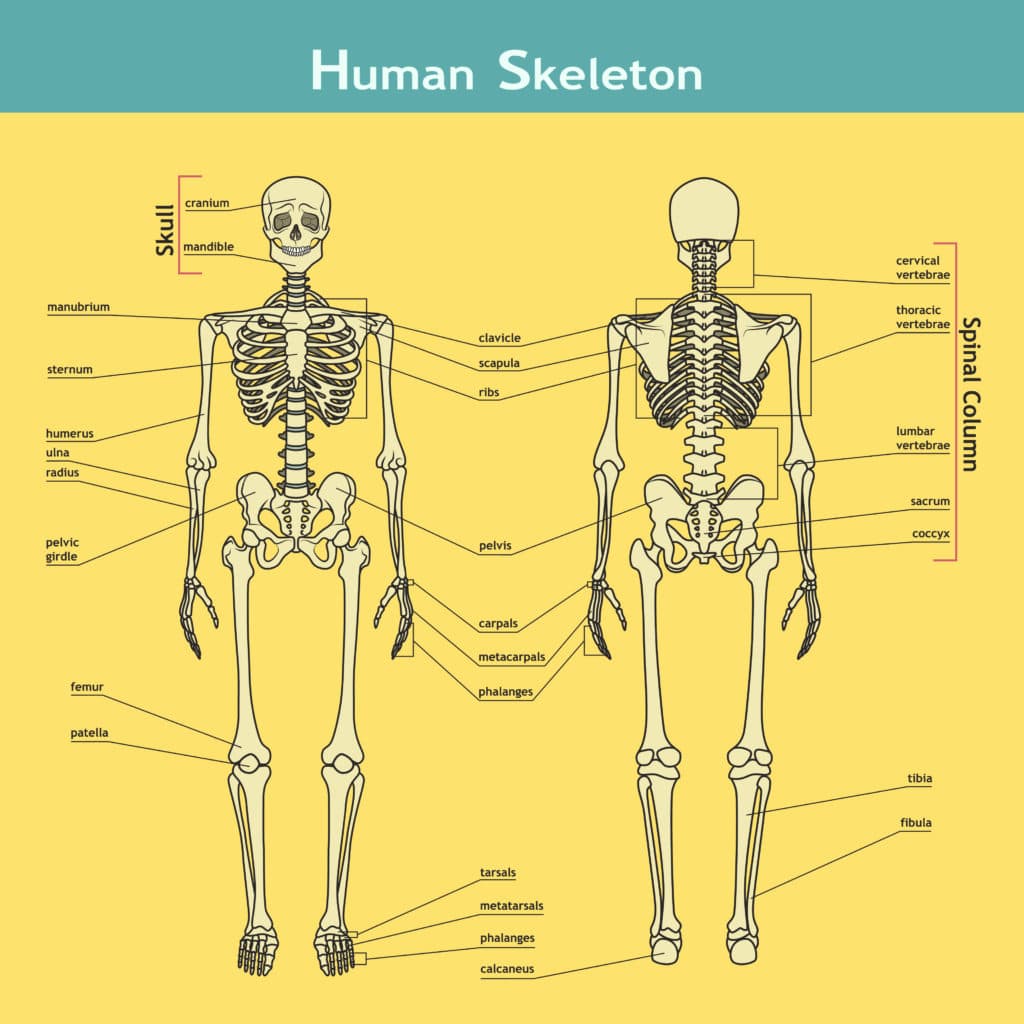
Did you know your skeleton has three main jobs?
Why do we have bones? Functions of the human skeleton
Skeleton Function 1 - Support
Your skeleton stops you from being all floppy, acting like a scaffold to hold up the soft tissues of your body. The spine is a good example of a part of the skeleton with a supportive role. Place your hands on the centre of your back. Can you feel your spine? It runs from your head to your pelvis and consists of 33 small ring like bones called vertebrae. It holds up your head and allows your body to bend. The spine also protects the spinal cord, which runs through the centre.
Can you thread some cotton reels onto a piece of string? This is a bit like your backbone. The cotton reels represent the vertebrae and the string the spinal cord. This would also work well using egg cartons cut up into segments.
Spine Models - Why do we have bones?
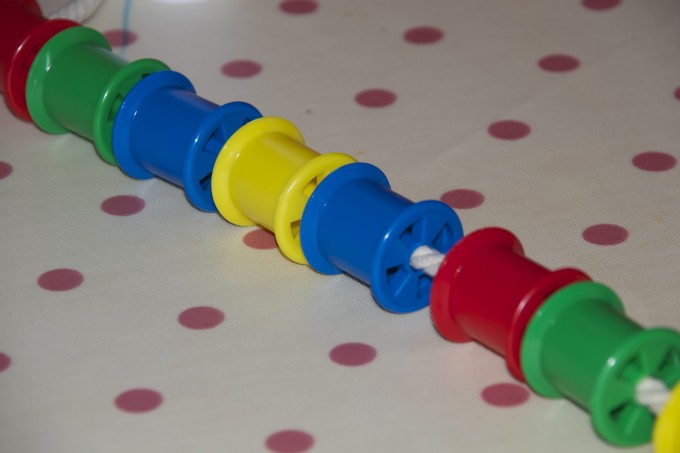
Spell Outloud made a great model of a spine using hair bands and pool noodle segments.
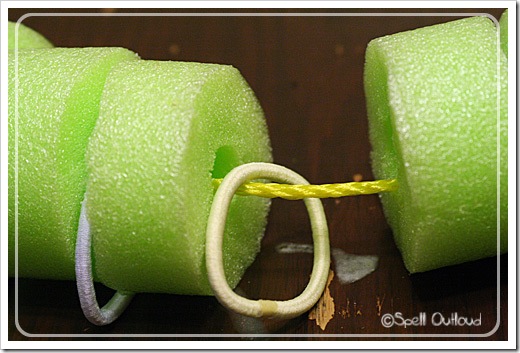
This candy model of a spine from Adventures in Mommydom is amazing, too!
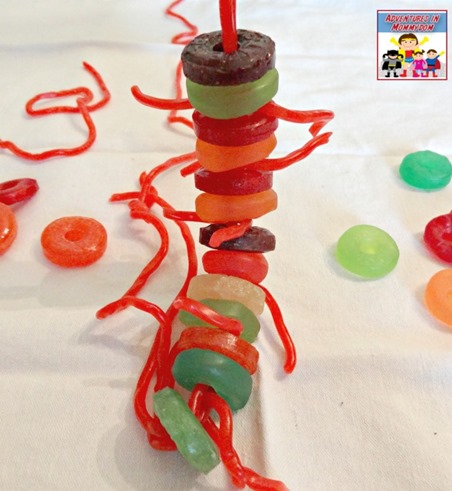
Skeleton Function 2 - Protection
Your skeleton is hard and strong, providing the perfect protection for your soft internal organs. A good example of part of the skeleton with an important protective role is your skull, which helps keep your brain safe if you bang your head. Can you think which part of the skeleton protects your heart and lungs?
Skeleton Function 3 -Movement
Bones are rigid, but they have clever joints allowing us to move with a bit of help from muscles. If you wiggle your fingers can you see the bone joints?
If you bend your arm, can you see the bulging muscle above your elbow? This is your bicep.
Children can also draw around themselves and draw as many bones as possible.
So, that's why we have bones!
What is a joint?
A joint is where two or more bones meet. Some are fixed in place, some move a lot, and others move just a little.
Hinge joints - found in the elbow and knee allow people to bend and straighten arms and legs.
Ball and Socket joints which are found in the shoulders and hips allow movement in different directions. Did you know the longest bones in the body are found in the arms and legs? These bones are shaped like a tube and are very strong. A piece of paper on its own is not very strong at all, but if you roll it up and stand it on its end, it will stand up on its own and even support the weight of something on top. We discovered this when we learned about strong shapes.
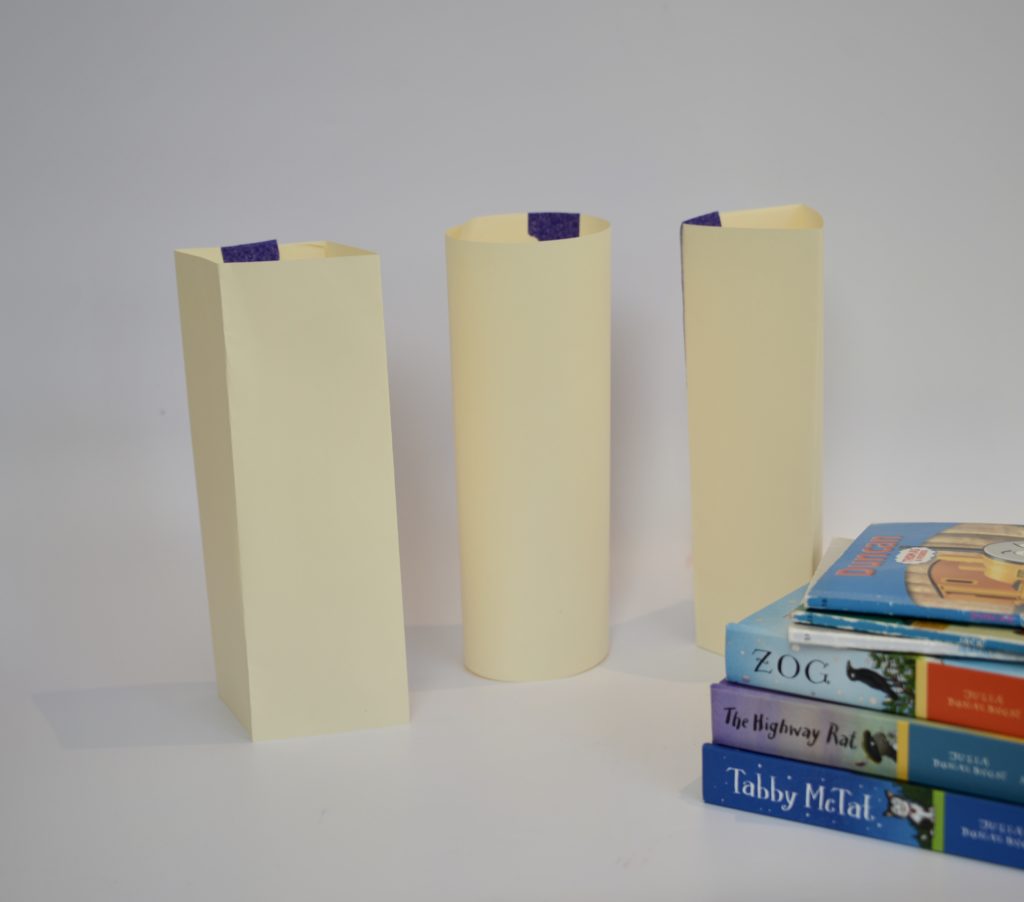
Make a bendy bone
To make bendy bone, soak a chicken bone in vinegar for a few days, you should find that the bone becomes bendy. This is because the vinegar reacts with the calcium carbonate in the bones, breaking it down and making the bones softer.
How can you keep your bones healthy?
Find out how to keep bones healthy and practice fixing broken bones on a doll with Modroc.
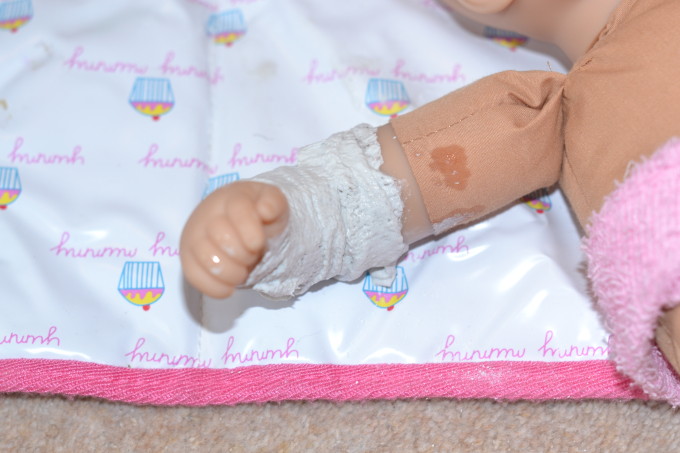
Do you have any fun activities related to bones to share?
More activities for learning about bones
We love this life size skeleton from Fun at Home with Kids
The Imagination Tree has a fun math game all about bones.
I Can Teach My Child explains why we need muscles and bones using a pancake and a cookie.
Make some play dough feet like An Ordinary Life
Even more bone science ideas
Try some easy Halloween science with one of my fantastic Halloween Science Experiments
Or try one of our other fun ideas for learning about the human body.
Suitable for Key Stage 1 Science
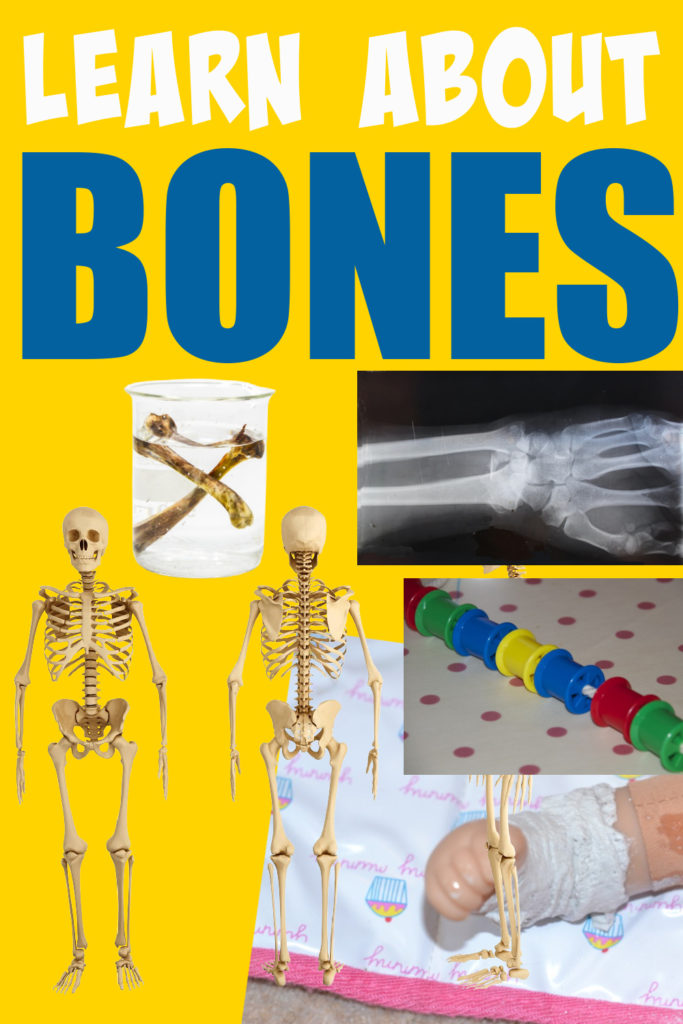
Last Updated on May 15, 2025 by Emma Vanstone
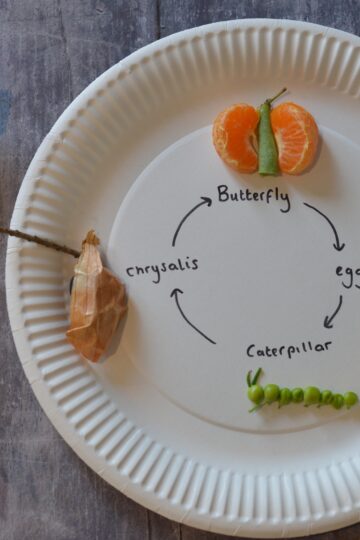
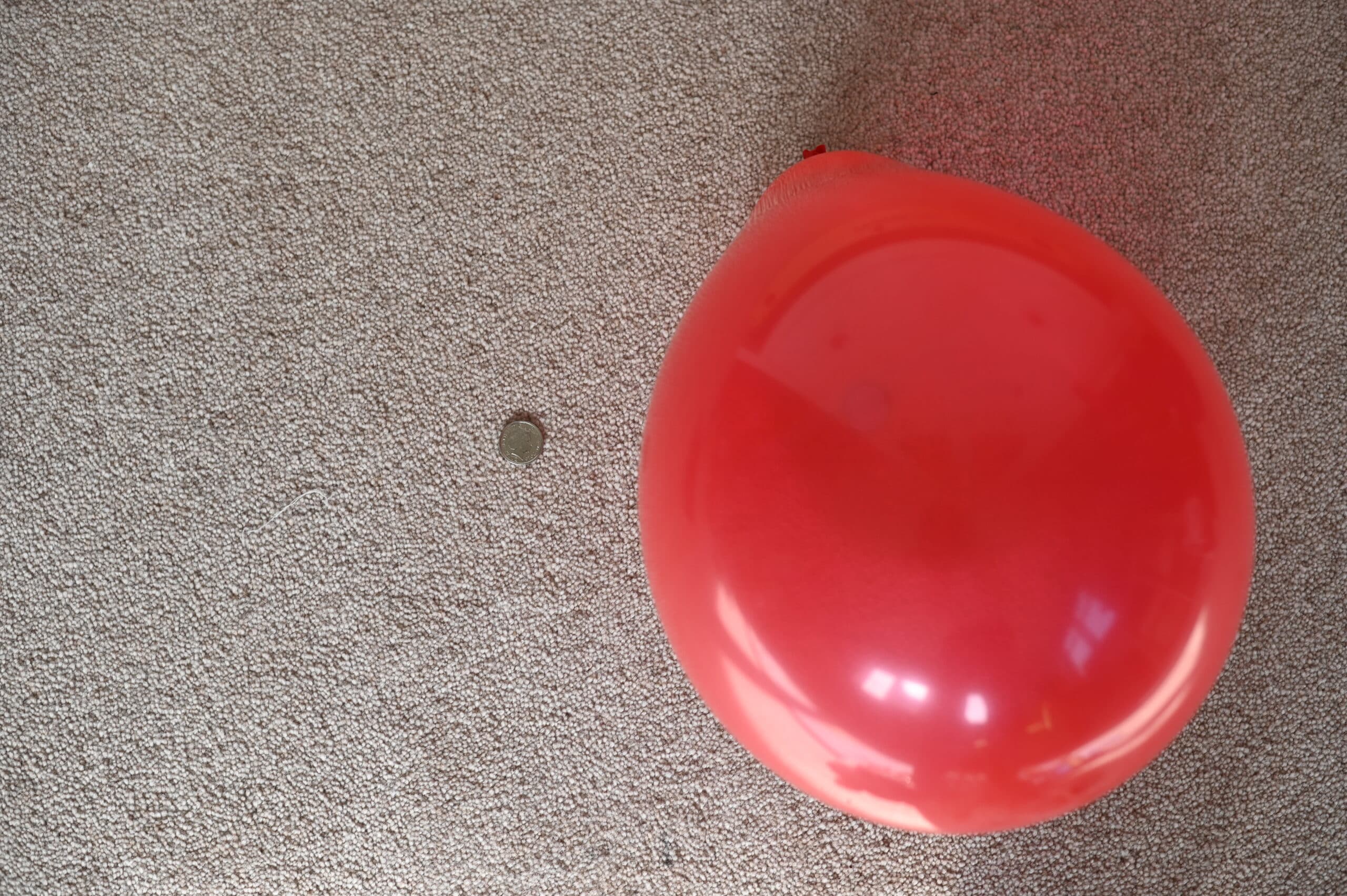
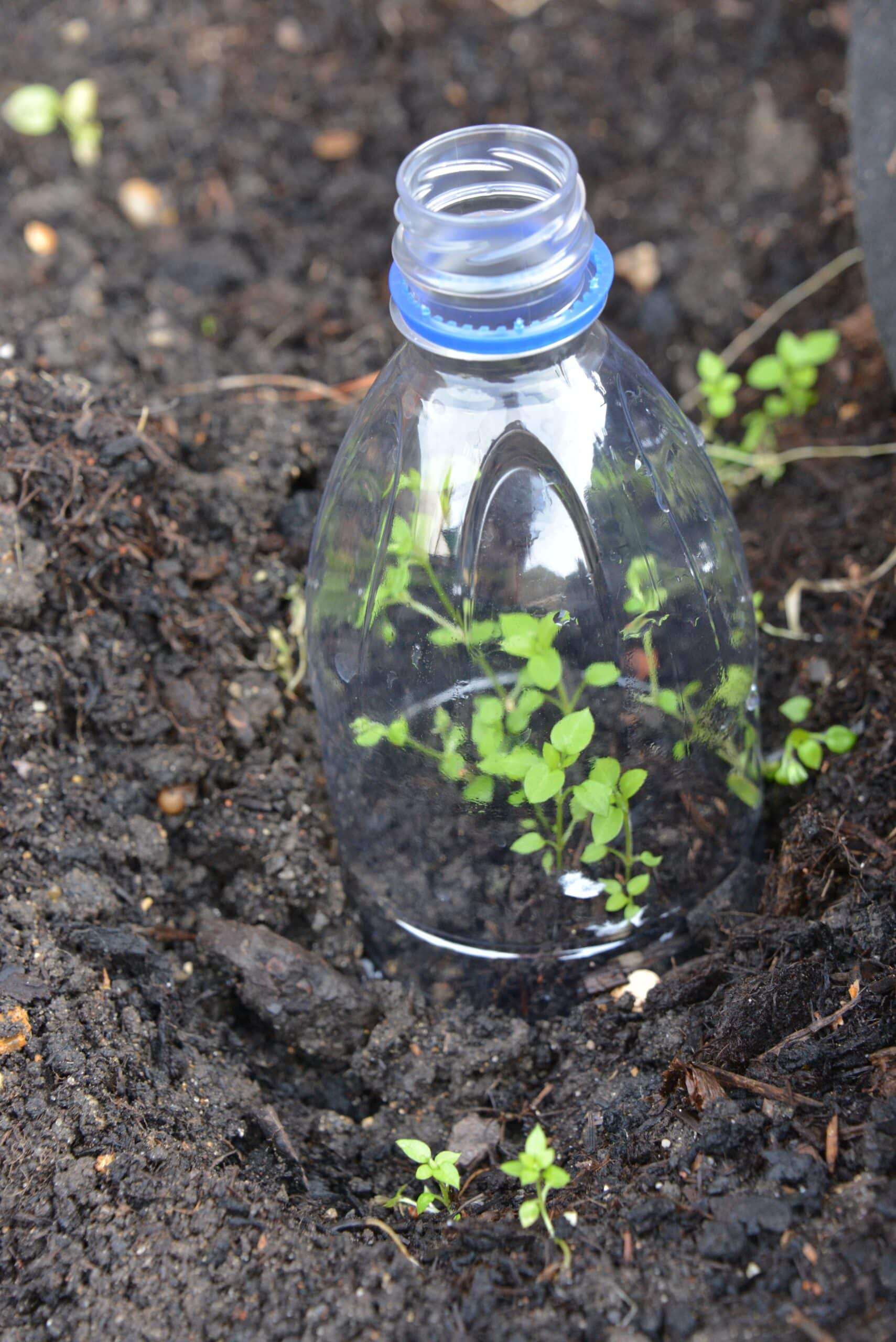
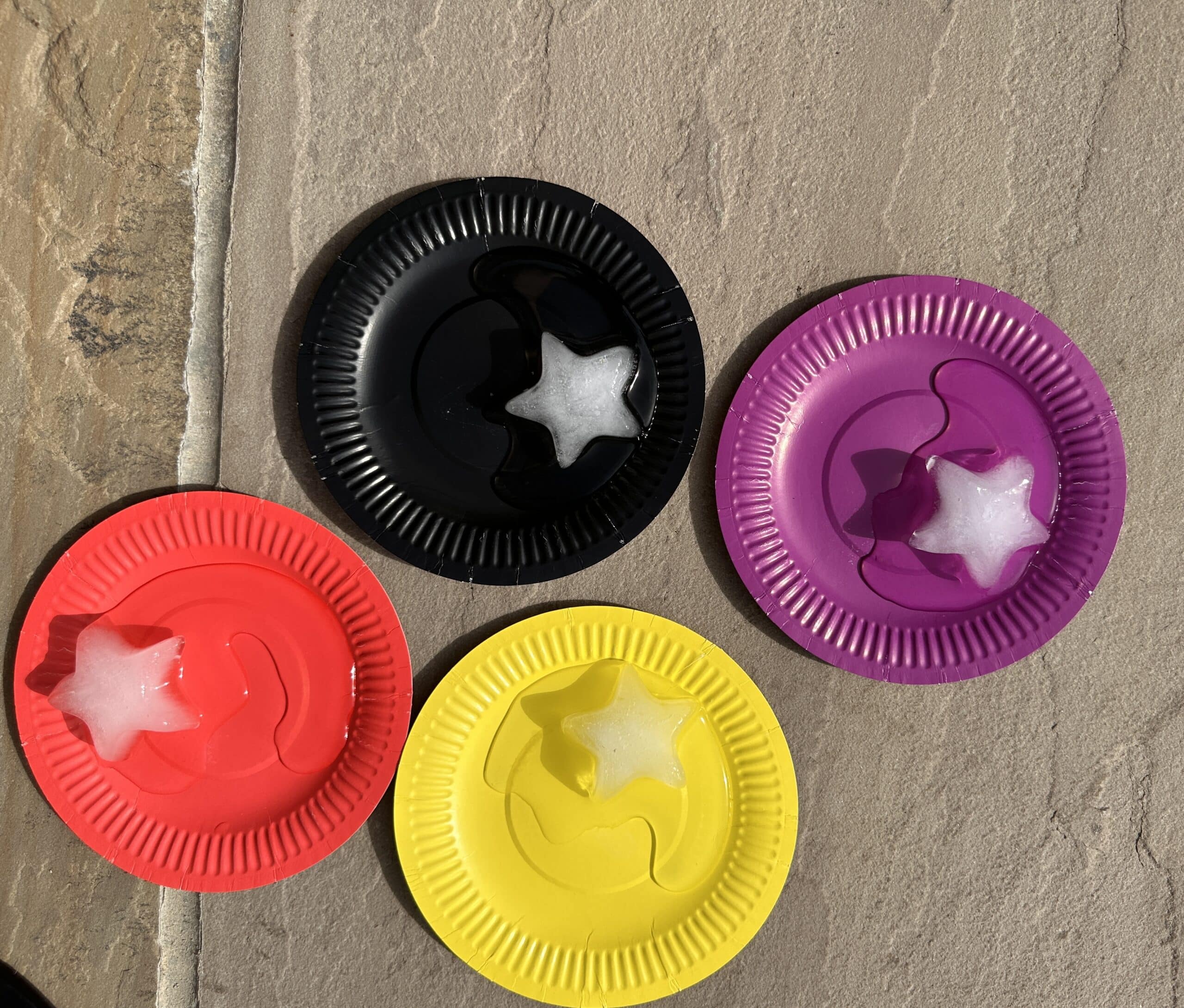
Leave a Reply